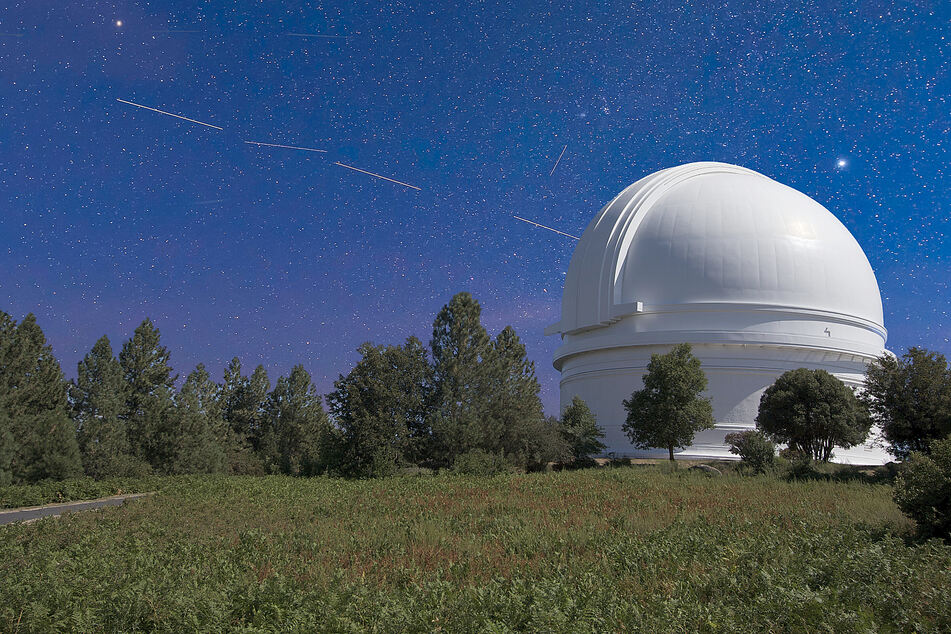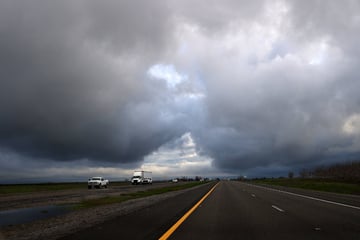Musk's Starlink satellites are streaking across the sky and astronomers are not amused
Austin, Texas - Astronomers are worried that Starlink satellites will make their job harder as they sweep the sky for potentially dangerous asteroids or comets, like the planet-killer featured in the satire film Don't Look Up.

Researchers at California's Palomar Observatory released a study showing that Starlink satellites, SpaceX's mission to provide internet access from space, are streaking across more images as more are launched into orbit.
The Observatory has a special set of hardware called the Zwicky Transient Facility, which takes multiple images and use software to check for that are new in our solar system, like asteroids, which is obviously a more difficult task if things like Starlink satellites keep getting in the way.
Records of those images show that streaks showed up in only 0.5% of the shots taken by the ZTF in 2019, but increased to showing up in almost a fifth of all images by 2021.
The satellites are especially bright when the ZTF is doing its best work, during the twilight hours, because although the sky gets darker, the satellites are still high enough above the planet to reflect plenty of sunlight.
SpaceX did run trials on putting sun shields onto the streakers, but even though the visors did dim how much sunlight the satellites reflect, they still showed up in the imaging.
Elon Musk tweeted that now there are just over 1,700 satellites are currently in orbit, but SpaceX has plans to bring over 10,000 satellites into orbit for Starlink internet coverage.
For now, Starlink satellites are only obscuring a relatively small part of the view, but SpaceX is going to toss ten times as many into orbit as they already have, which is sure to block off a much more significant fraction of images.
Cover photo: Collage: IMAGO / StockTrek Images, agefotostock
